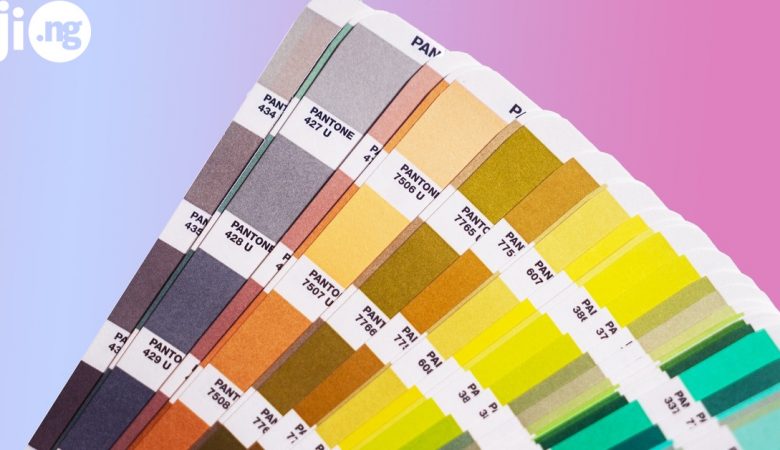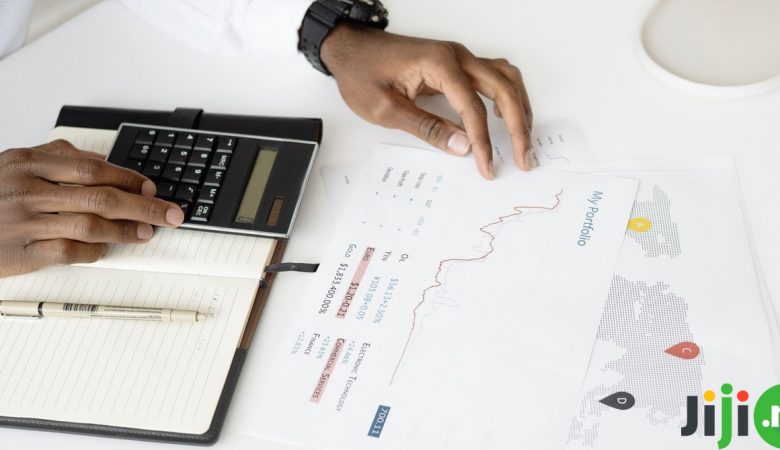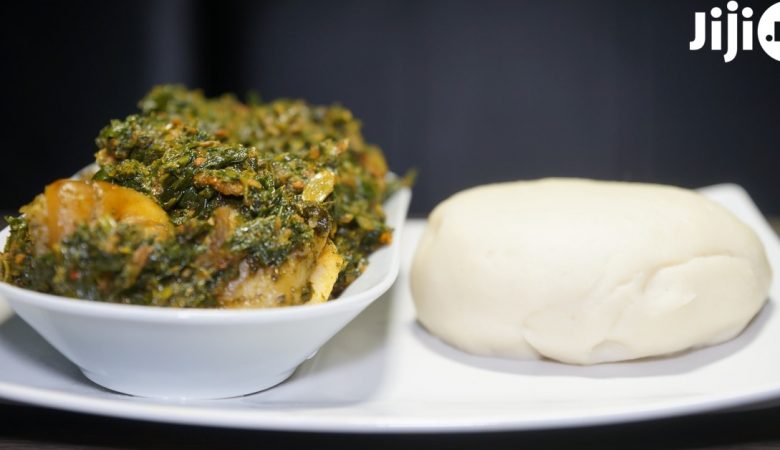Out of all business opportunities in Nigeria, one is often overlooked. We’re talking about farming and yam farming in particular. Have you ever considered starting a yam farming business in Nigeria? Find our how to start yam business in Nigeria right now!
Wondering where to buy yam cheap in Nigeria? Look for the best offers on Jiji!
1. Choose your business type
Yam cultivation in Nigeria is an all-encompassing that includes several aspects. You can begin a complete cycle of yam production, but if you want to launch a yam business in Nigeria with low capital, it’s best to choose just one aspect:
- Yam farming
- Yam transportation
- Yam farming
- Yam export
- Yam cooking
- Yam flour production
Generally, most entrepreneurs begin with yam farming in Nigeria – it’s relatively easy to start with no experience and you don’t need a multi-million capital to begin.
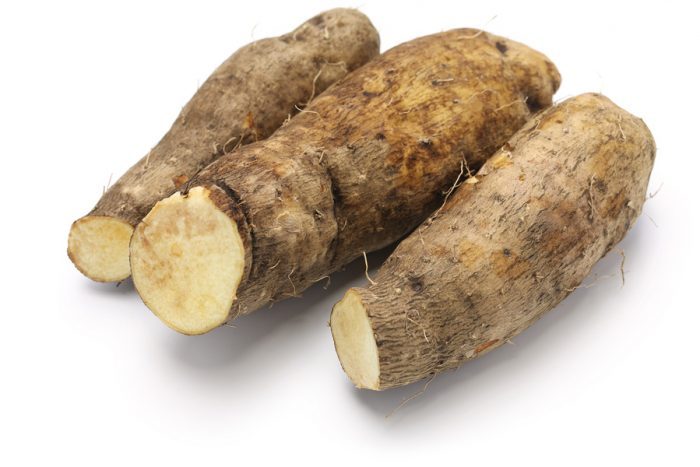
2. Yam planting guide
Every new business dealing with yam production in Nigeria starts with the planting. Here are the steps you need to take to launch your first yam venture.
- Choose the right land for your plantation. Look for sand, silt, or clay loam soil with an upland location and a well-drained construction – then you can expect the best and quickest crops.
- The yam planting season in Nigeria begins in February and ends in April. By this time you need to clear the farmland and its surroundings, loosen the soil, and prepare planting ridges that are 1 meter high and 1 meter apart from each other.
- Yam is planted as setts or tubers. How to plant yam tubers? You can either plant them whole for a larger crop or cut them into ~100g pieces for easier planting. Yam tubers can be planted as they are or pre-sprouted, but in any case you need to treat them with a fungicide or ash and dry them in the sun.
- As the yam is planted, remember to weed your plantation once every two months.
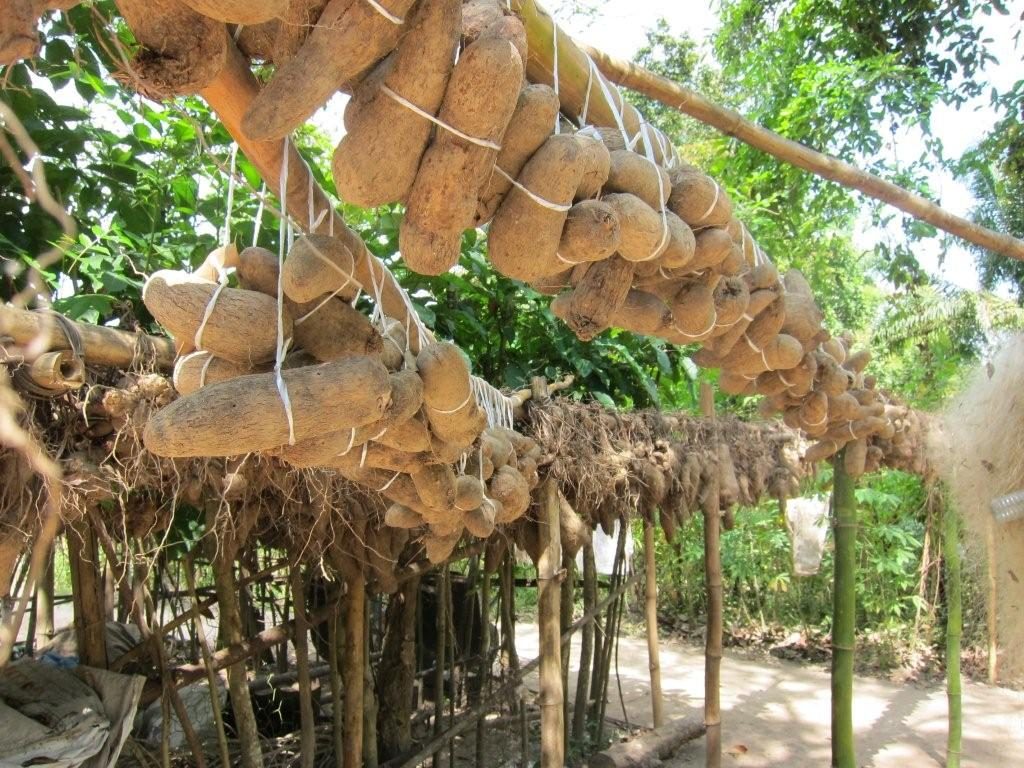
3. Harvesting the yam
Yam is ready to be harvested when its above-ground parts turn yellow or very dry – it usually happens from November to February. While harvesting yams, remember to set aside the healthiest tubers for planting them during the next planting season.
Harvesting the yam is a sensitive task due to the fact that it’s easy to miss the time when they’re just perfect. That is why it’s better to harvest the yam earlier than leaving it in the ground longer than needed. You can use the overripe tubers for planting.
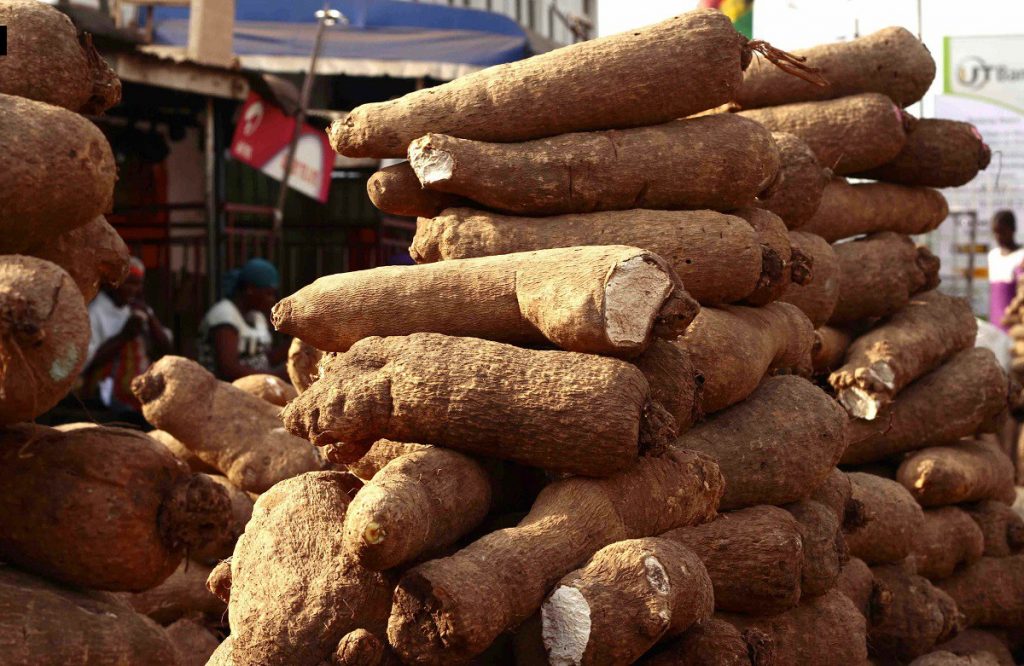
4. How to process yam
Now that you know how to plant yam, you have several options for making money out of your crops. If you’ve decided not to sell yam wholesale or export your product, here are two main ways to process yam.
1. Yam flour production
Yam flour is a great way to process yam due to the fact that flour has a long shelf life and doesn’t require special storage conditions. The process of yam flour making includes slicing, parboiling, drying, and milling of the product.
The equipment you need for this job is a slicer, parboiling machine, mill, and industrial weighing and sealing machines. You can make the job easier for you with the help of a yam processing machine that was designed specifically for yam flour production.
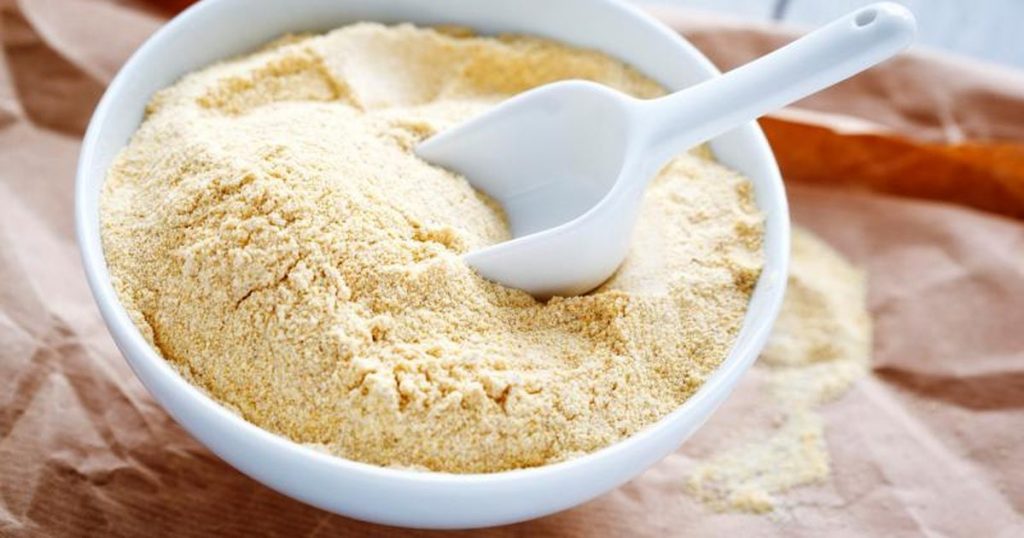
2. Fried yam
Yam is consumed in nearly every Nigerian family, and fried yam is the tastiest way to enjoy this vegetable. Fried yam is a popular roadside food and you can build your business with this simple but promising venture.
Want to learn how to fry yam? You’ll only need three ingredients – white yam, groundnut oil for frying, and salt. You can also add fried fish and sauce made from fresh vegetables. The list of equipment is also simple: a large cooking pot, stirring spoon, cooker, knife, and paper or nylon bags for packaging the yam.

Find an affordable yam processing machine and start your business with Jiji

